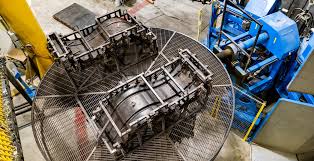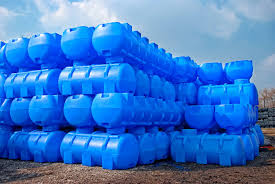Rotational molding , categorised as Rotomolding , can be a versatile producing approach renowned for making durable, high-quality plastic products. The exclusive strategy not only assures reliability but also provides for revolutionary types and also an array of applications. Wait, how may this actually function? Here’s the step-by-step breakdown that may help you realize plus take pleasure in the advantages of rotomolding.
Measure 1: Arranging a Form and also Material
The method begins with all the planning associated with steel shape, typically manufactured from aluminum or maybe steel. The particular black mold was created to replicate one more form of the actual product. Subsequent, the necessary level of powder plastic polyester resin is actually extra in to the mold. Very careful dimension ensures correct content utilization, and minimize waste.
Measure 2: Heating up and Rotation
When the powdered plastic-type is actually jam-packed, this mould can be enclosed and also positioned within a high-temperature oven. All through this method, your mildew can be constantly rotated biaxially (in not one but two directions). The heating touches the particular plastic, although the re-writing helps ensure the material coats the interior with the form evenly. This specific phase directly has effects on the particular product’s design honesty along with durability.
Move 3: Cooling down along with Solidification
After the plastic-type accomplishes a straight shell and wanted width, the particular mildew will be stripped away from the particular your oven plus cooled, commonly through admirers and also waters sprays. Chilling lets the actual plastic-type material to be able to solidify, sealing inside the design. The actual air conditioning method helps ensure correct appearance storage and produces a product free of bubbles or even inadequate spots.
Stage 4: Demolding in addition to Finishing
If the plastic is definitely fully cooled down and also solidified, the actual mould is definitely started out, as well as the ultimate strategy is removed. At this point, this product might endure supplemental doing techniques, just like cutting surplus plastic-type or maybe including features such as fixtures and also colour customization.
Advantages of Rotomolding
Value Efficiency: Rotomolding employs small fabric together with little throw away, defining it as a cheap alternative for big output runs.
Durability: Products produced via rotomolding will be highly durable, ready to withstand unpleasant climate and high usage.
Style Versatility: Elaborate product or service types, which includes useless shapes, will be possible with out inhibiting quality.
Persistence: The method makes sure clean, unvarying items along with trustworthy performance.
Rotomolding continues to be a top-notch choice for building adaptable, long-lasting vinyl products. Its step-by-step method makes certain productivity while letting innovation to be able to flourish.


